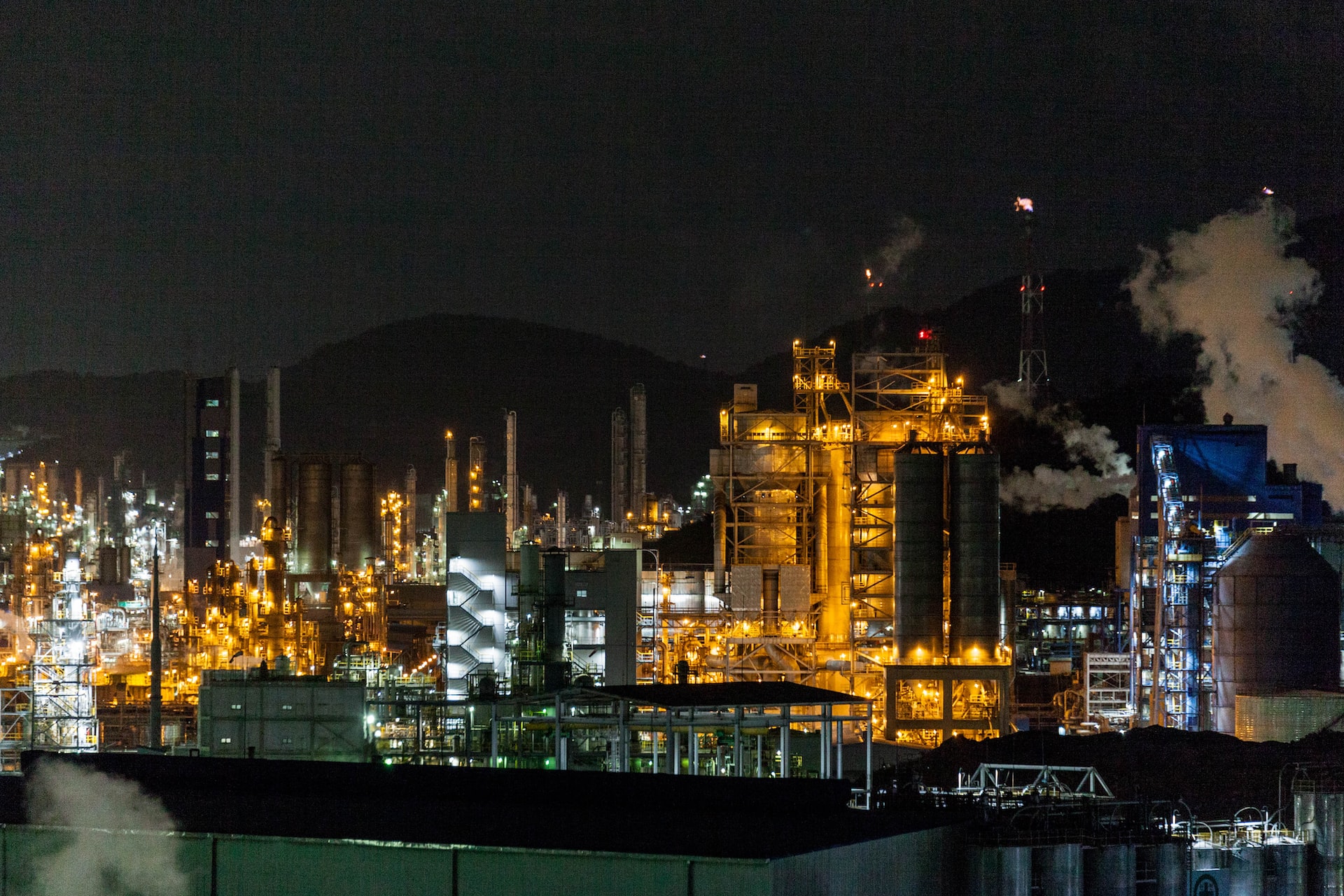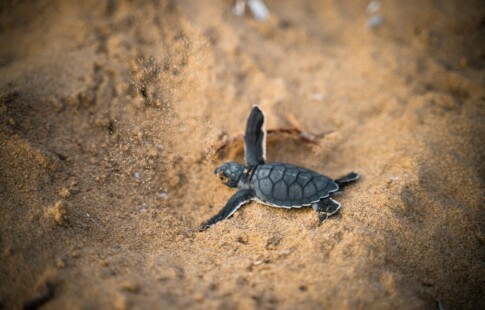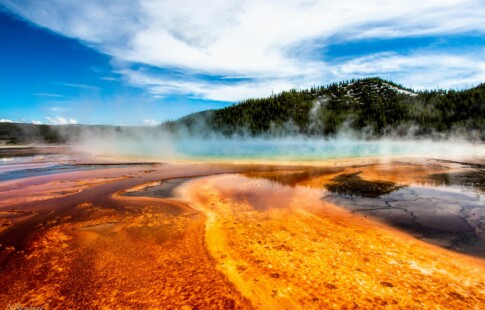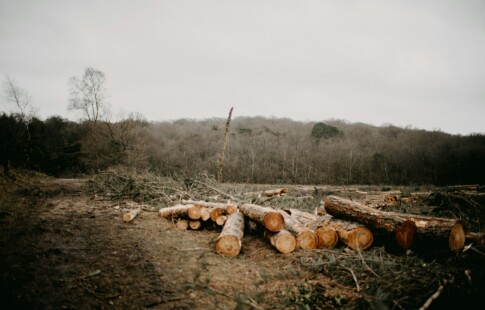
Progress in the Bioremediation of Oil Spills and Other Eco-Friendly Approaches
We are reader-supported. When you buy through links on our site, we may earn affiliate commission.
Oil spills are environmental disasters. However, the severity of their overall effects relies heavily on the methods used to clean up the scene. People are increasingly interested in the bioremediation of oil spills. It involves using biological systems to remove pollutants.
What Are Some Current Oil Spill Cleanup Methods?
One of the difficulties in responding to oil spills is that the impacts vary depending on the individual circumstances. That means the people responding must stay flexible and ready to deploy various methods.
Unexpected ramifications can also result from oil spills. Consider the case of a Sri Lankan incident. In addition to the spill itself, the affected ship held plastic pellets that take thousands of years to break down, plus 80 containers of dangerous chemicals.
The chosen cleanup methods also vary based on how quickly people respond to the incident and whether the spill happens at sea or near the shoreline. In-situ burning is one option for shore and sea-based spills. It involves setting the oil on fire to remove it. However, this possibility only works when the substance floats on the water’s surface or covers marsh vegetation. Moreover, crews use hand tools or mechanical equipment in their removal tactics.
Options for the bioremediation of oil spills are certainly not unheard of, but they’re less widespread. Fortunately, that’s starting to change.
How Does the Bioremediation of Oil Spills Work?
Bioremediation methods typically fall into three categories. The first involves using the aerobic and anaerobic properties of various microbes. Other options include relying on plants or fungi to do the job.
One commercial product called BIOSURF is a naturally derived surfactant with plant extracts as the main active ingredients. A companion product called Bionetix BCP35S has microorganisms to promote the degradation of various hydrocarbons. A field trial of both products caused a 72% reduction in hydrocarbon soil contamination over nine weeks. The content continued dropping afterward.
In another case, scientists confirmed the potential of various kinds of marine bacteria to cause the biodegradation of oil and diesel fuel. They also said adding certain nutrients could make the process happen faster, particularly in the Arctic’s frigid waters. They believe this discovery could be particularly game-changing in cases when a location’s remoteness makes cleanup efforts especially cumbersome.
Elsewhere, a team from India used nine types of marine bacteria as an oil spill cleanup option. The types chosen have a metabolic mechanism allowing them to use petroleum products as energy sources. Additionally, the group discovered immobilizing the bacteria on non-toxic agro-residues made them more effective, adaptable, and resilient in adverse conditions. The results showed the immobilized bacteria removed 84% of the oil in 10 days. Conversely, non-immobilized bacteria had a 60% removal rate in that span.
The bioremediation of oil spills is not new. For example, crews used mushrooms to deal with the aftermath of a 2007 incident that dumped 58,000 gallons of oil into the San Francisco Bay. Additionally, industry experts collaborated in the 1990s to develop a powder called the Petroleum Remediation Product (PRP). It features beeswax microcapsules that act as a food source to trigger native microorganisms to consume oil. Notably, the delivery system relies on technology developed by NASA.
Researchers in Thailand Exploring Targeted Solutions
A potential challenge associated with the bioremediation of oil spills is that some options may work better than others, depending on the specific environment where the incident occurred. That’s why a team from Thailand’s Chulalongkorn University is working on something best-suited for the country’s environmental characteristics. Another driving factor is that Thailand only has one commercially available oil-removal option.
Researchers are examining several options for microbes that will treat oil as a food source. One option suspends the microbes in a complementing subject. That formula enables more versatility, such as by allowing people to blast the liquid at contaminated soil. A second possibility involves isolating the microorganisms into a pellet form that people can mix into dirt or sand. Finally, a third innovation consists of small cylindrical pieces that soak up oil.
People working on the project acknowledge these options for the bioremediation of oil spills cannot be the cleanup methods initially deployed at large incidents. However, they anticipate crews using them to supplement other techniques.
Such progress is vital to everyone who cares about bio-based ways to address oil spills. As researchers learn takeaways from their specific projects, the lessons learned could apply to similar work occurring elsewhere.
Other Eco-Friendly Ways to Address Oil Spills
Oil spills happen more frequently than most people think. Media outlets cover some of the biggest ones, but thousands of others happening each year don’t come to public attention. The above examples showcasing the bioremediation of oil spills are undoubtedly inspiring. However, it’s also important that people continue looking for other sustainable cleanup methods.
In one example, a Northwestern University team created a special sponge that soaks up more than 30 times its weight in oil without harming marine life. Plus, people can wring oil out of the sponge to reuse it. Tests indicated individuals could reuse it more than a dozen times without making the sponge less effective. The researchers designed this innovation with a nanocomposite coating. It has magnetic nanostructures and a carbon-based, water-resistant substructure that attracts oil.
The result is that oil gets soaked up, but unaffected water stays behind. The researchers even mimicked ocean waves to see if they would shake the oil from the sponge. However, experiments showed the sponge released less than 1% of its oil in those cases.
A similar invention came from the U.S. Department of Energy’s Argonne National Laboratory. This reusable sponge pulls oil from the whole water column instead of just the surface. The scientists developed it by changing the surface chemistry of polyurethane foam. Doing that made the sponge latch onto oil molecules, taking them from the affected liquid. Researchers indicated they ran hundreds of tests with the seat cushion-like sponge without observing material breakdown.
Hope for Oil Spill Cleanups
There’s no getting around the fact that oil spills have traumatic and long-lasting effects on wildlife, the environment, and humans. However, anything people can do to mitigate further adverse outcomes should make short and long-term positive impacts on otherwise terrible events.
It may be a while before the bioremediation of oil spills becomes a widespread practice. However, people will be more likely to consider them if these emerging solutions achieve real-world success. No matter if or when that happens, the examples here and others like them give inspiring outcomes that could improve the effects of devastating events.
Share on
Like what you read? Join other Environment.co readers!
Get the latest updates on our planet by subscribing to the Environment.co newsletter!
About the author

Steve Russell
Steve is the Managing Editor of Environment.co and regularly contributes articles related to wildlife, biodiversity, and recycling. His passions include wildlife photography and bird watching.





